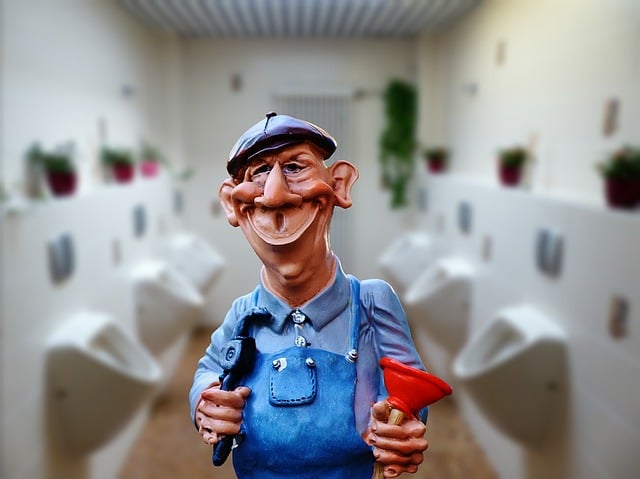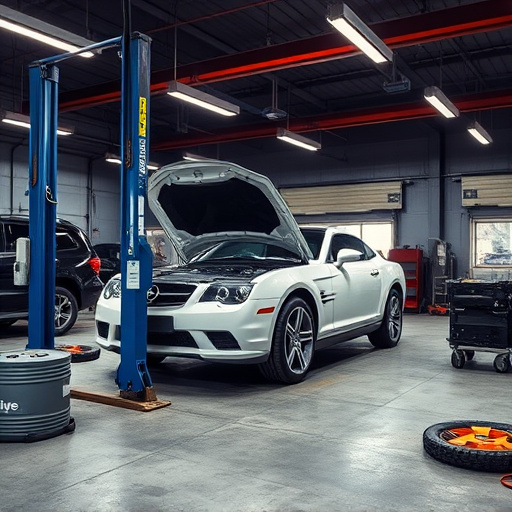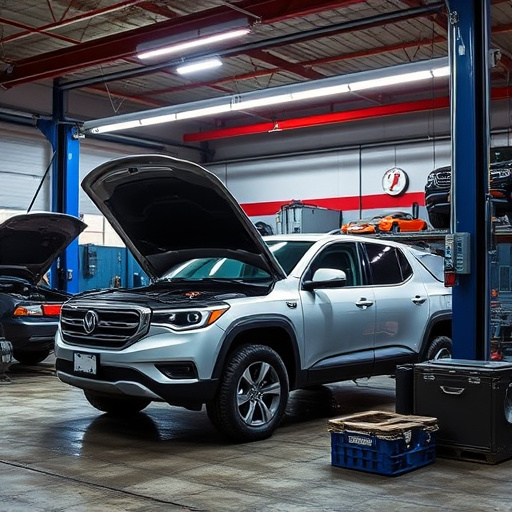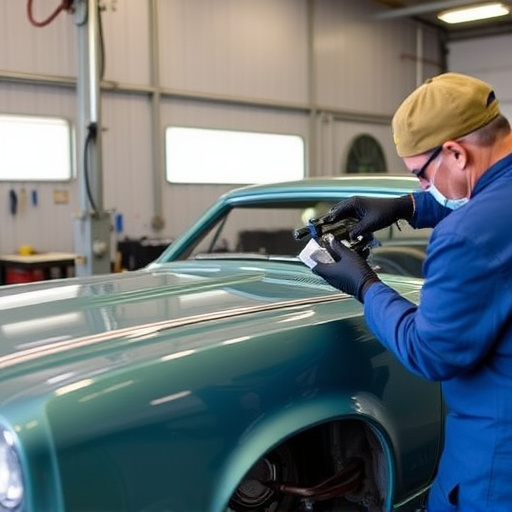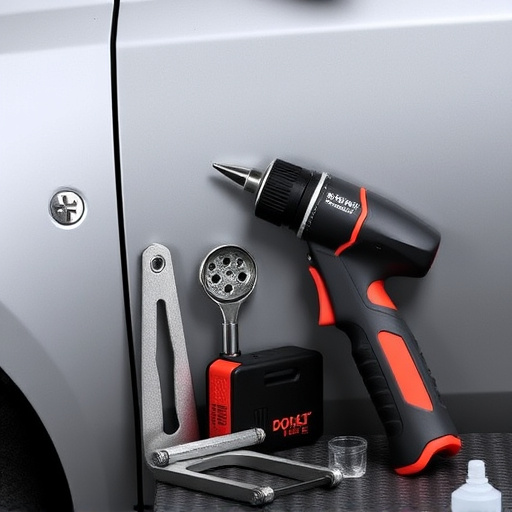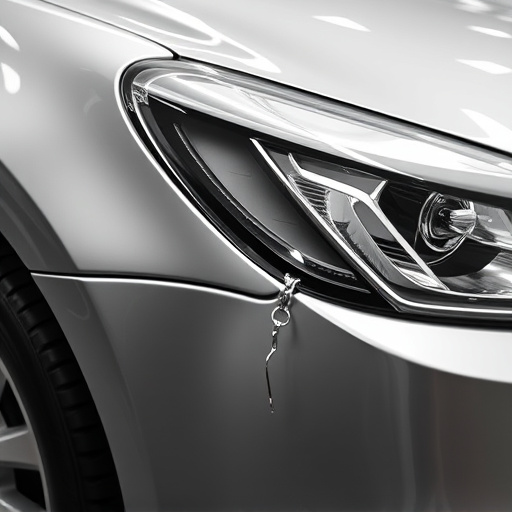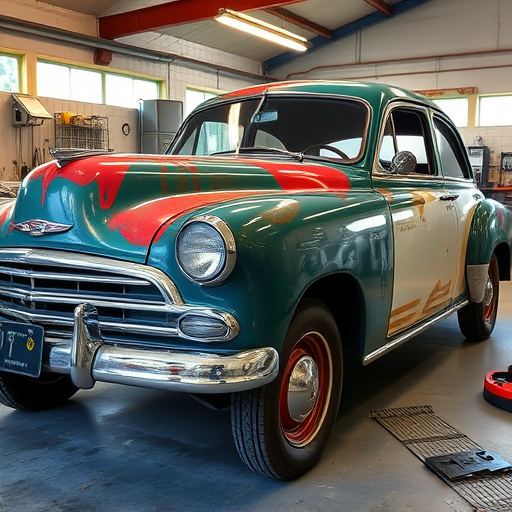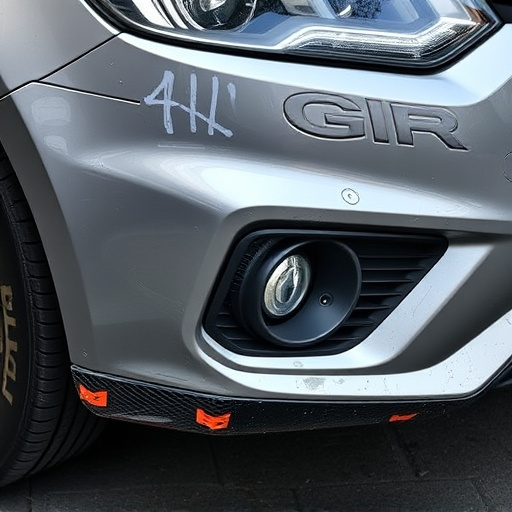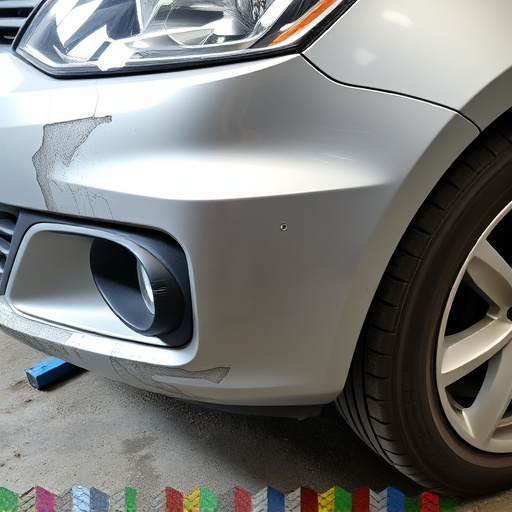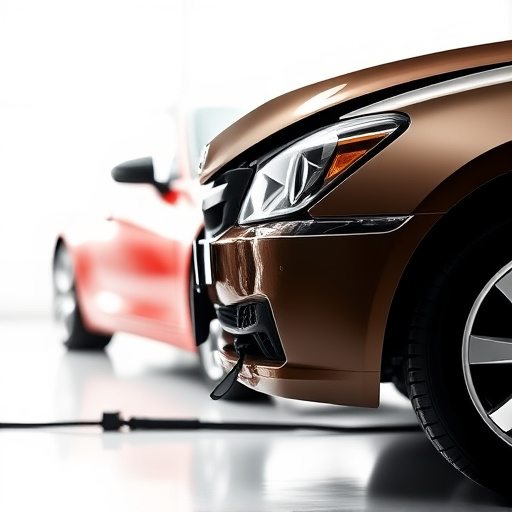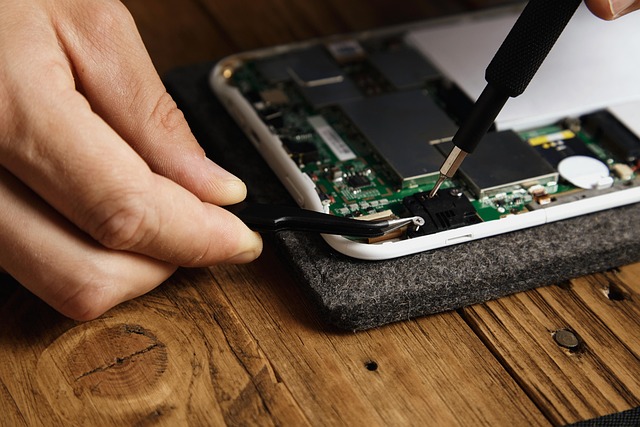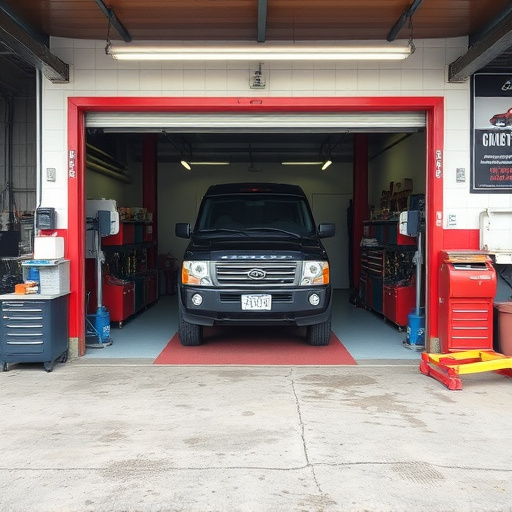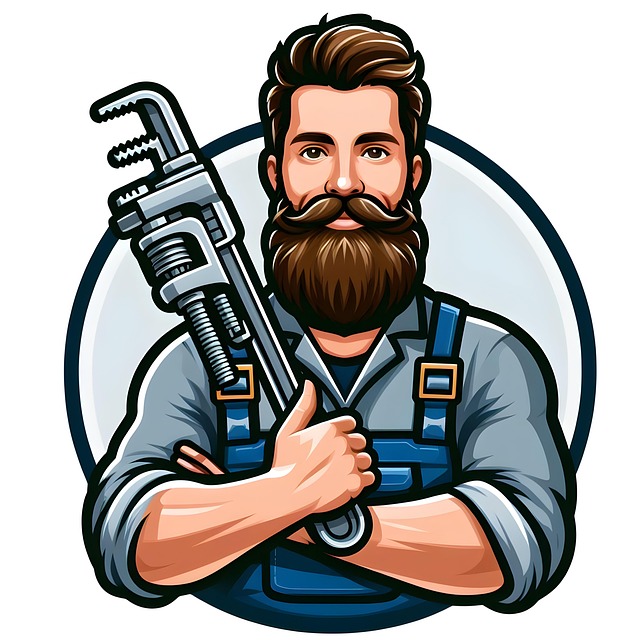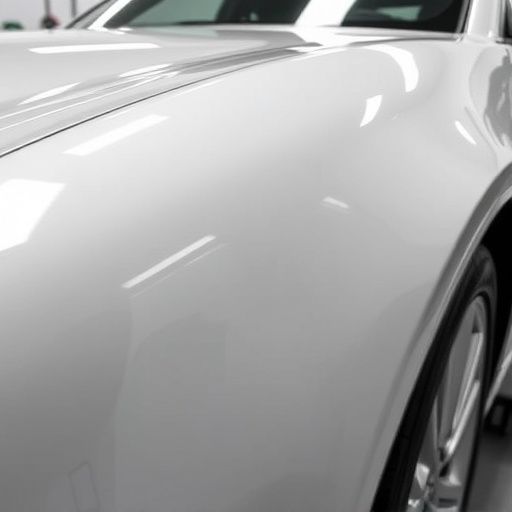Aftermarket bumper repair offers a cost-effective solution for minor damages, requiring careful removal, inspection, and precise fabrication of new components. Essential tools include hand tools, safety gear, adhesives, and cleaning supplies. The meticulous process involves removing damaged sections, aligning, and painting to match the vehicle's specifications, ensuring durability and aesthetic appeal with proper maintenance.
Discover the art of performing precision aftermarket bumper repair with our comprehensive guide. Understanding the process, from tools to materials, is key to ensuring your vehicle’s protection and aesthetic appeal. Learn how to navigate the intricate steps involved, mastering each for quality repairs that match your bumper’s original craftsmanship. This expert insight empowers you to tackle minor bumps and scratches, extending the life of your vehicle’s essential defense against road hazards.
- Understanding Aftermarket Bumper Repair Process
- Tools and Materials Needed for Successful Repairs
- Step-by-Step Guide to Ensuring Quality Repairs
Understanding Aftermarket Bumper Repair Process
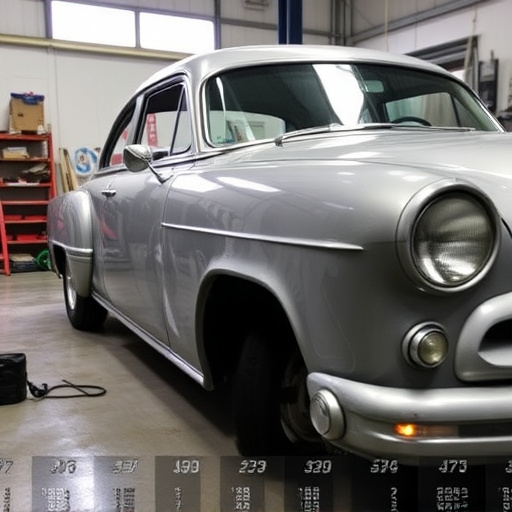
Aftermarket bumper repair is a specialized process that involves replacing or restoring a damaged or broken car bumper. This is often done as an alternative to costly collision repair or replacement, especially for minor bumps and scratches. Understanding the process behind aftermarket bumper repair can give car owners a clearer idea of what to expect when considering this option.
The initial step in this procedure typically starts with removing the old, damaged bumper. This careful disassembly allows access to the underlying structure, which is then inspected for any further damage or weaknesses. Once the bumper is thoroughly assessed, skilled technicians will source or create a new or replicated bumper component, ensuring it matches the original specifications and design. This involves precision fabrication, often utilizing specialized tools and techniques, to match the exact dimensions and contours of the vehicle’s body. Following this, the new bumper piece is carefully fitted, aligned, and secured in place using appropriate hardware, completing the aftermarket bumper repair process.
Tools and Materials Needed for Successful Repairs
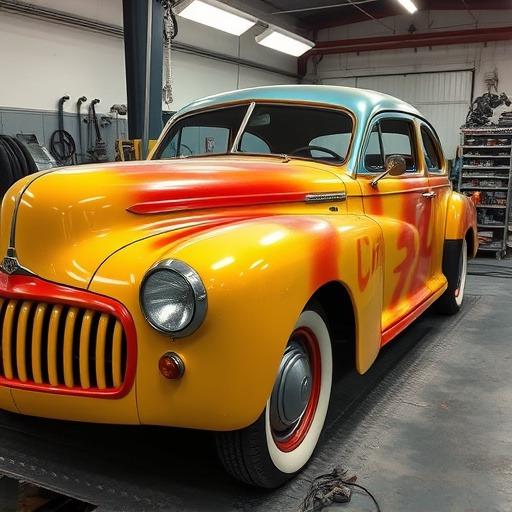
To successfully undertake an aftermarket bumper repair, several specific tools and materials are indispensable. These include a variety of wrenches, sockets, and screwdrivers for securing and tightening various components. A set of pliers is crucial for gripping and bending metal with precision, while a hammer and dolly can be used for more intensive adjustments. For the actual repairs, professional-grade adhesives, primers, and paints are essential, ensuring the new parts seamlessly integrate with the existing vehicle structure.
Additionally, safety gear such as gloves, safety glasses, and a respirator mask should always be on hand to protect against debris, chemicals, and potential fumes. Rags, sandpaper, and a degreaser are also necessary for cleaning and preparing surfaces before painting, contributing to an effective and long-lasting auto body shop repair that rivals the quality of new parts. These materials collectively empower individuals or auto maintenance professionals to conduct aftermarket bumper repair jobs with confidence and precision.
Step-by-Step Guide to Ensuring Quality Repairs
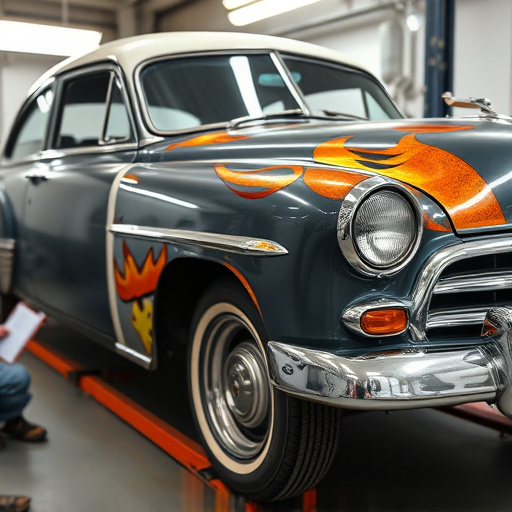
When it comes to aftermarket bumper repair, a step-by-step approach ensures quality and longevity. The process begins with a thorough inspection to identify the extent of damage, be it minor dents, creases, or significant cracks. For smaller imperfections like car dents or hail damage repair, a trained technician will use specialized tools for precise removal without compromising the bumper’s structural integrity. This involves carefully popping out the damaged section and replacing it with a new or expertly refurbished piece.
For more complex cases, where collision center services might be required, advanced techniques come into play. This includes sandblasting to prepare the surface, followed by careful application of primer and paint to match the original factory finish. Throughout the process, it’s vital to maintain proper alignment to avoid misalignment issues post-repair. Regular maintenance checks can also help extend the life of your aftermarket bumper, ensuring it remains functional and aesthetically pleasing.
Aftermarket bumper repair is a cost-effective solution for restoring your vehicle’s frontal protection. By understanding the process, having the right tools and materials, and following a step-by-step guide, you can achieve high-quality repairs that match your car’s original specifications. Embracing these practices ensures a safe and aesthetically pleasing finish, proving that aftermarket bumper repair is an efficient and reliable alternative to complete bumper replacement.
